Changing Social Norms and Acceptance
Changing social norms and the growing acceptance of gluten-free products are vital drivers for the Gluten-free Beer Market. As more individuals adopt gluten-free lifestyles, the stigma associated with gluten-free diets diminishes, leading to broader acceptance in social settings. This shift is particularly evident in bars and restaurants, where gluten-free beer options are increasingly featured on menus. The normalization of gluten-free choices encourages consumers to explore these products, thereby expanding the market. Furthermore, social media plays a significant role in promoting gluten-free lifestyles, with influencers and health advocates sharing their experiences. This increased visibility and acceptance are likely to propel the Gluten-free Beer Market forward, as consumers feel more comfortable choosing gluten-free options in various social contexts.
Health Awareness and Dietary Preferences
The rising awareness regarding health and dietary preferences significantly influences the Gluten-free Beer Market. Consumers are increasingly seeking beverages that align with their health goals, particularly those with gluten intolerance or celiac disease. According to recent data, approximately 1% of the population is diagnosed with celiac disease, while a larger segment opts for gluten-free diets for perceived health benefits. This trend has led to a surge in demand for gluten-free products, including beer, as consumers prioritize their well-being. The Gluten-free Beer Market is thus experiencing a notable increase in sales, with projections indicating a compound annual growth rate of around 10% over the next few years. This shift in consumer behavior suggests that health consciousness will continue to drive market growth.
Regulatory Support and Labeling Standards
Regulatory support and the establishment of labeling standards are essential factors influencing the Gluten-free Beer Market. Governments and health organizations are increasingly recognizing the importance of clear labeling for gluten-free products, which helps consumers make informed choices. The implementation of strict guidelines regarding gluten-free claims ensures that products meet safety standards, thereby enhancing consumer trust. This regulatory framework not only protects consumers but also encourages manufacturers to innovate and expand their gluten-free offerings. As a result, the Gluten-free Beer Market is likely to benefit from increased consumer confidence and a growing number of compliant products. Market analysis indicates that adherence to labeling standards can lead to a 15% increase in sales for gluten-free products, highlighting the importance of regulatory support in driving market growth.
Diverse Flavor Profiles and Brewing Innovations
Innovation in brewing techniques is a pivotal driver for the Gluten-free Beer Market. Breweries are increasingly experimenting with various grains such as sorghum, rice, and millet to create unique flavor profiles that appeal to a broader audience. This diversification not only caters to gluten-sensitive consumers but also attracts those who are simply curious about new tastes. The introduction of craft gluten-free beers has expanded the market, with many breweries reporting that gluten-free options now account for a significant portion of their sales. As the industry evolves, the emphasis on quality and flavor is likely to enhance consumer acceptance and drive further growth in the Gluten-free Beer Market. The potential for innovative products may lead to an increase in market share, as consumers seek out distinctive and enjoyable gluten-free options.
Increased Retail Availability and Distribution Channels
The expansion of retail availability and distribution channels plays a crucial role in the Gluten-free Beer Market. As consumer demand rises, retailers are increasingly stocking gluten-free beer options, making them more accessible to a wider audience. Major supermarket chains and specialty stores are dedicating shelf space to gluten-free products, which enhances visibility and encourages trial among consumers. Additionally, online sales platforms are becoming a significant channel for gluten-free beer, allowing consumers to purchase their preferred brands conveniently. This increased accessibility is likely to contribute to the growth of the Gluten-free Beer Market, as more consumers are exposed to gluten-free options. Market data suggests that the availability of gluten-free products in retail outlets has increased by over 30% in recent years, indicating a positive trend for the industry.
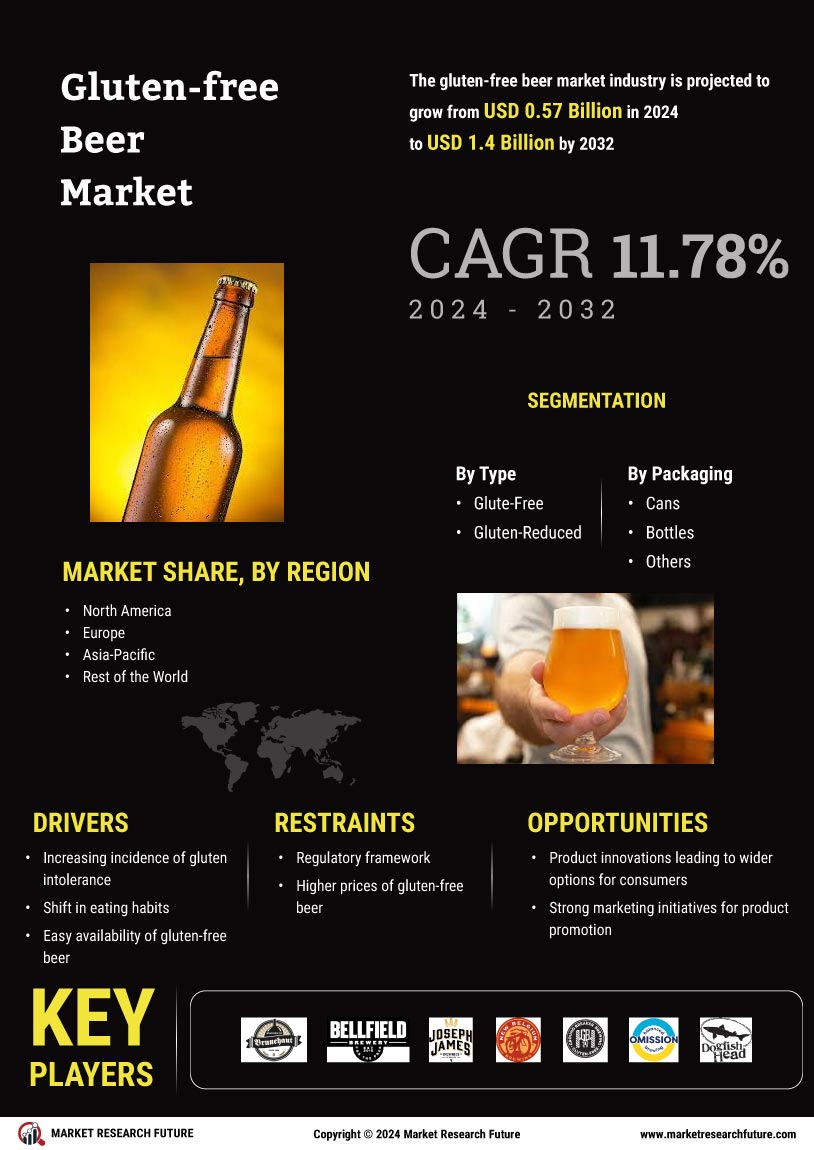

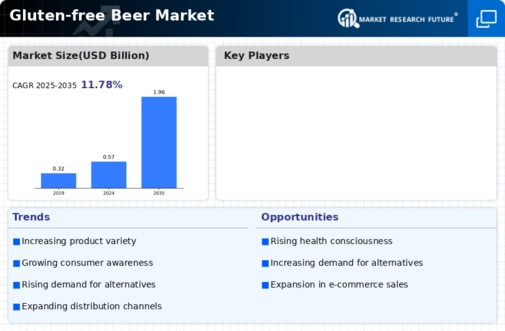
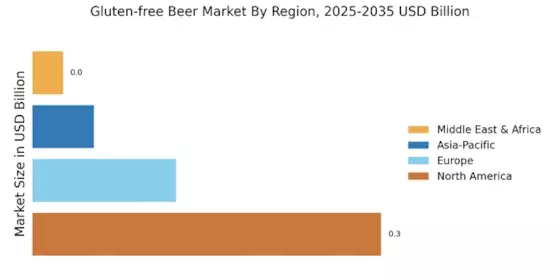
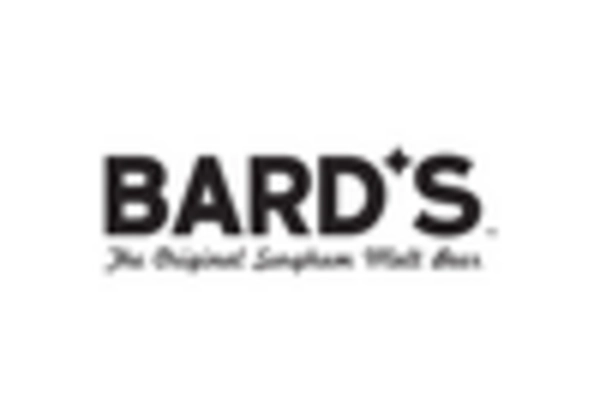
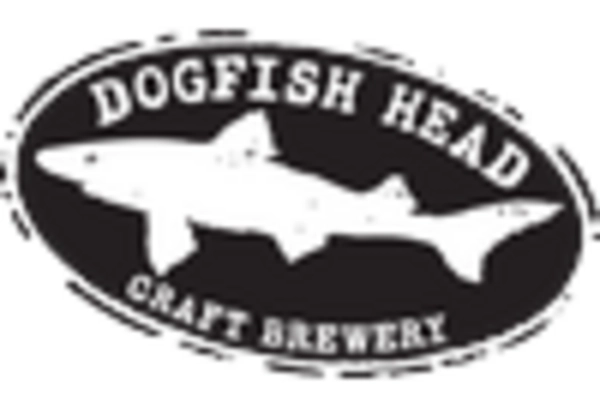
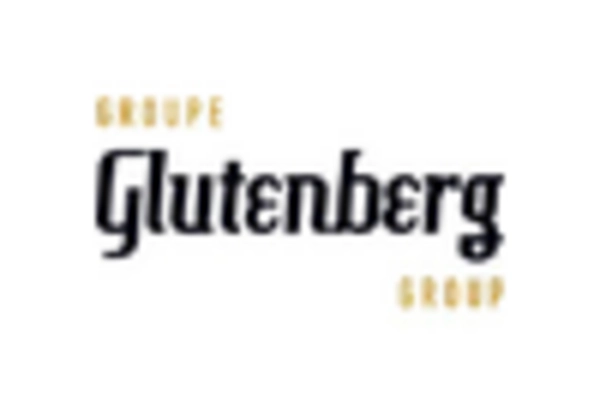
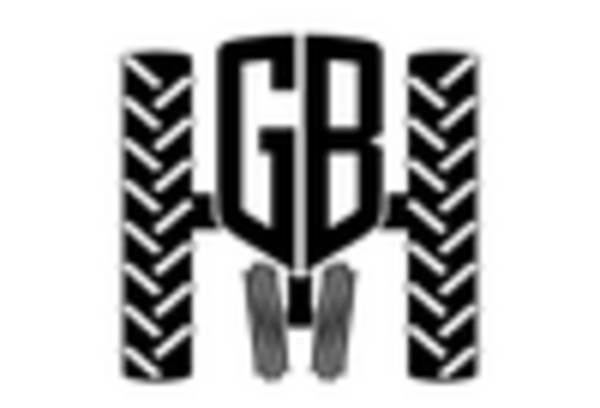

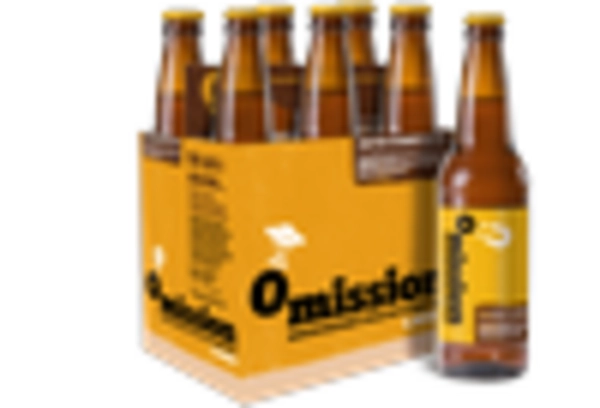








Leave a Comment